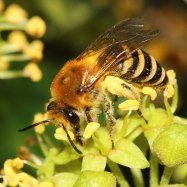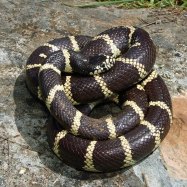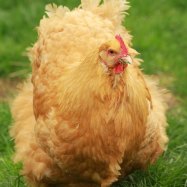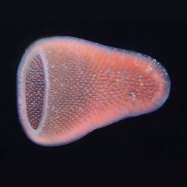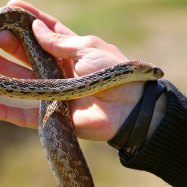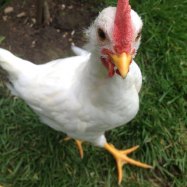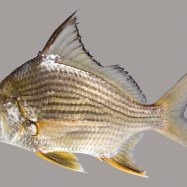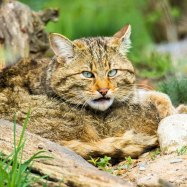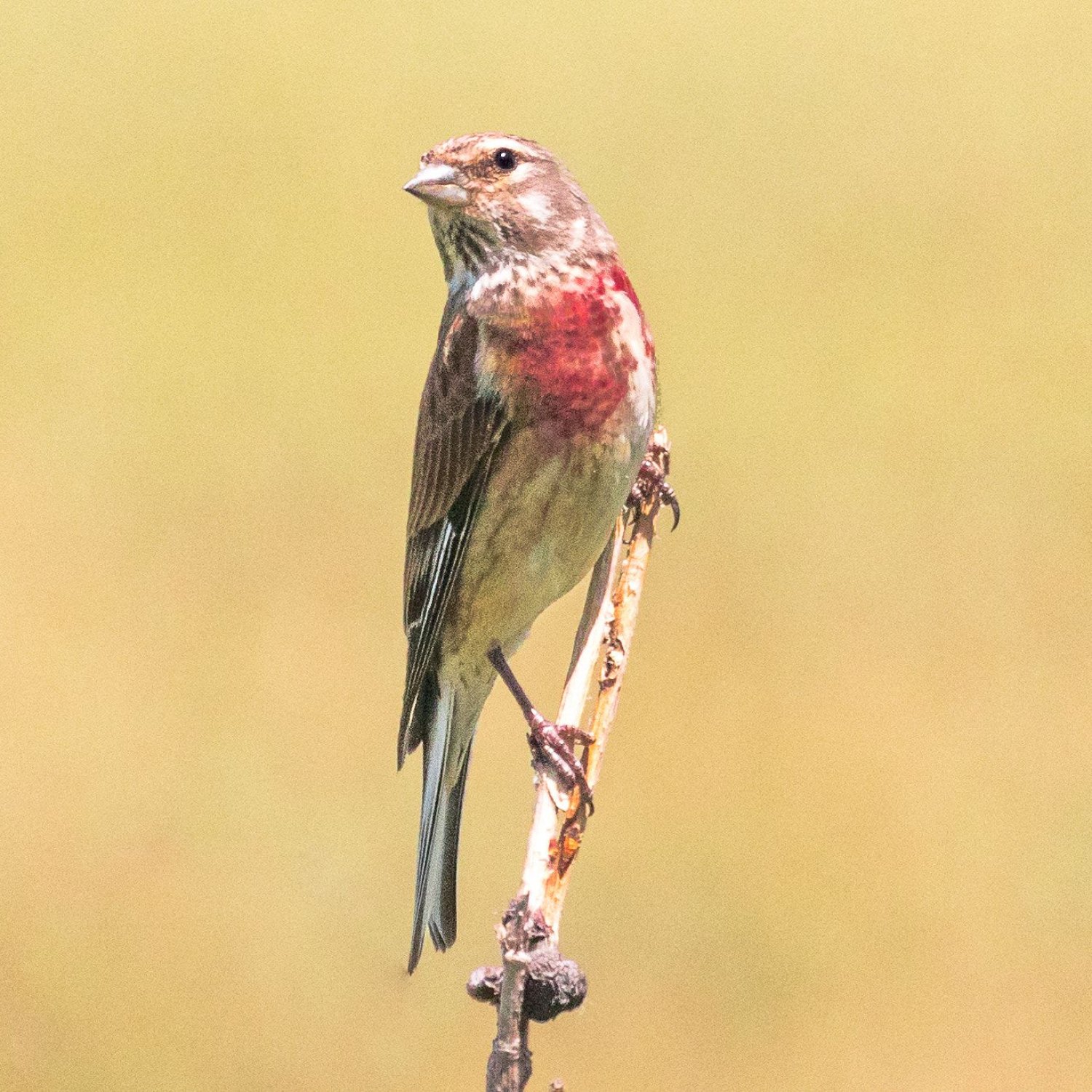
Linnet
12-14 centimeters
Linnet is a small but vibrant bird with a length of 12-14 centimeters. This beautiful creature belongs to the Fringillidae family and has a slim, streamlined body shape. It is commonly found in Europe, including the United Kingdom, France, Germany, Spain, and Italy. With its cheerful song and colorful appearance, the Linnet is a welcome addition to any garden or countryside.
Animal Details Summary:
Common Name: Linnet
Kingdom: Animalia
Habitat: Open fields, grasslands, farmlands, and heathlands
The Beautiful Linnet: A Bird of Song and Color
The world is filled with a diverse array of animals, each with its own unique set of features and characteristics. Some are known for their strength and power, while others are admired for their beauty and grace. But there is one bird that stands out for its stunning colors and melodious song - the Linnet.Scientifically known as Carduelis cannabina, the Linnet belongs to the kingdom Animalia, phylum Chordata, and class Aves Linnet. It is a member of the order Passeriformes and the family Fringillidae. This small but striking bird is also commonly referred to as the Linnet finch, European Linnet, or simply Linnet.
The Linnet is found in a variety of habitats, including open fields, grasslands, farmlands, and heathlands. It is primarily granivorous, meaning it feeds on seeds and grains. This bird has a wide geographical distribution, spanning across Europe, northern Africa, and western Asia. However, its country of origin is Europe, where it is native.
If you happen to live in Europe, especially in countries such as the United Kingdom, France, Germany, Spain, or Italy, you may be lucky enough to spot a Linnet in the wild. But even if you don't live in these regions, you can still admire this beautiful bird in zoos and aviaries around the world.
One of the most striking features of the Linnet is its coloration Labradane. Male Linnets have a vibrant pink-red breast, with a crimson forehead and a brown back. In contrast, females have duller plumage with a streaked, buff-colored breast. The vibrant colors of the male Linnet make it stand out in any natural setting, while the female's camouflaging plumage helps her blend in and protect herself from predators.
The body shape of the Linnet is slim and streamlined, allowing it to move swiftly and gracefully through the air. It is about 12-14 centimeters in length, making it a rather small bird compared to other species. But its size does not diminish its charm and beauty.
The Linnet is not only admired for its color and appearance but also for its melodious song. This bird is known for its distinct and pleasing song, especially during the breeding season. A male Linnet will perform an elaborate flight display to attract a mate, while also singing its heart out to serenade the female. The song of the Linnet is considered to be a symbol of happiness, love, and freedom, and is often mentioned in literature and poetry.
The Linnet's diet mainly consists of seeds and grains, which it skillfully extracts from various plants and flowers. This bird uses its sharp beak to crack open the tough outer shells of seeds and extract the nutritious insides. In addition to seeds, the Linnet may also feed on insects and small fruits, especially during the breeding season when it needs extra energy to raise its young.
The Linnet is a social bird and is often found in small flocks or pairs. During the breeding season, which usually begins in late April, these birds build their nests in hedges, shrubs, and bushes. The nests are built by the female using twigs, grass, and feathers and are lined with soft materials such as wool and moss. The female will lay 3-5 eggs and incubate them for about two weeks before they hatch.
Once the eggs have hatched, both parents are responsible for feeding and caring for the young until they are ready to leave the nest. The chicks will leave the nest after 14-18 days and will continue to be cared for by their parents for the next few weeks. The young Linnets will begin developing their brightly colored plumage after their first molt, which occurs around 5 months of age.
Unfortunately, the Linnet's population has been declining in recent years due to changes in agricultural practices and habitat loss. These birds are also at risk of being captured and traded illegally for the pet trade, which further threatens their survival. Conservation efforts are being made to protect the Linnet and its natural habitats, but more needs to be done to ensure the long-term survival of this beautiful bird.
In conclusion, the Linnet is a bird of many wonders - from its stunning colors and melodious song to its ability to survive in a changing world. Despite its declining population, it continues to be a source of joy and inspiration for many people. Its presence in the natural world reflects the resilience and beauty of nature, and we must do our part to protect and preserve it for future generations to admire and appreciate.
If you ever get the chance to see a Linnet in person, take a moment to admire its vibrant colors, listen to its sweet song, and appreciate the marvels of the natural world. For even in the busiest of cities, the Linnet's song can transport you to a world of beauty, freedom, and happiness. Let us work together to ensure that this beautiful bird continues to sing for generations to come.

Linnet
Animal Details Linnet - Scientific Name: Carduelis cannabina
- Category: Animals L
- Scientific Name: Carduelis cannabina
- Common Name: Linnet
- Kingdom: Animalia
- Phylum: Chordata
- Class: Aves
- Order: Passeriformes
- Family: Fringillidae
- Habitat: Open fields, grasslands, farmlands, and heathlands
- Feeding Method: Granivorous
- Geographical Distribution: Europe, northern Africa, and western Asia
- Country of Origin: Linnet is native to Europe but has been introduced to other regions as well.
- Location: Linnet is found primarily in Europe, including countries such as the United Kingdom, France, Germany, Spain, and Italy.
- Animal Coloration: Males have a vibrant pink-red breast, crimson forehead, and brown back, while females have duller plumage with a streaked, buff-colored breast.
- Body Shape: Slim and streamlined
- Length: 12-14 centimeters
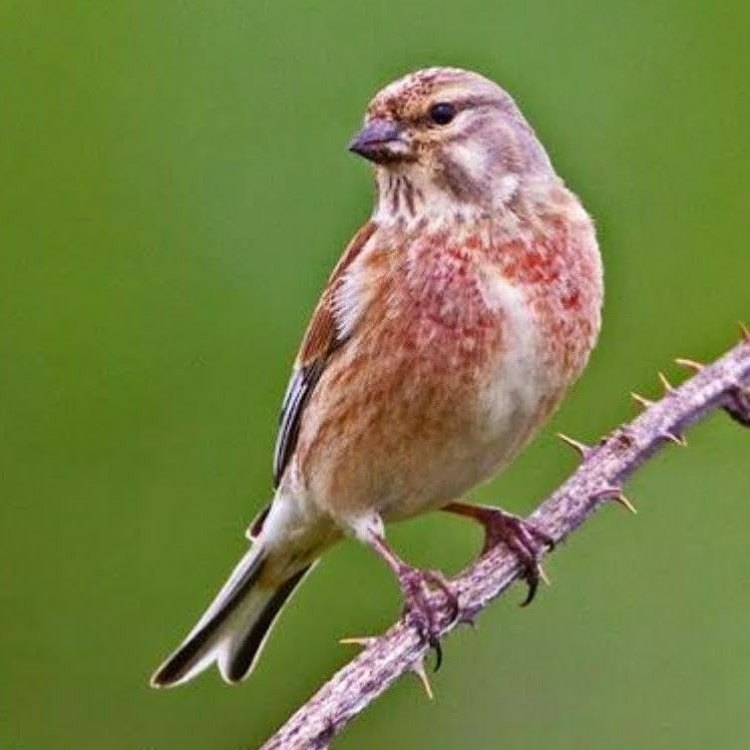
Linnet
- Adult Size: Small
- Average Lifespan: 3-5 years
- Reproduction: Sexual
- Reproductive Behavior: Monogamous
- Sound or Call: Song is a pleasant, melodious warble composed of various short phrases.
- Migration Pattern: Partially migratory
- Social Groups: Usually seen in small flocks
- Behavior: Active and agile, often seen perching on top of bushes or low trees.
- Threats: Loss of habitat, agricultural intensification, and pesticides
- Conservation Status: Least Concern
- Impact on Ecosystem: Seed dispersal
- Human Use: Linnet has been used as a cage bird and is also hunted for sport.
- Distinctive Features: Brightly colored plumage in males, distinctive song
- Interesting Facts: The song of the Linnet was highly valued in Victorian England for its melodious qualities and was sought after as a cage bird.
- Predator: Predators of the Linnet include birds of prey and mammals such as cats and foxes.
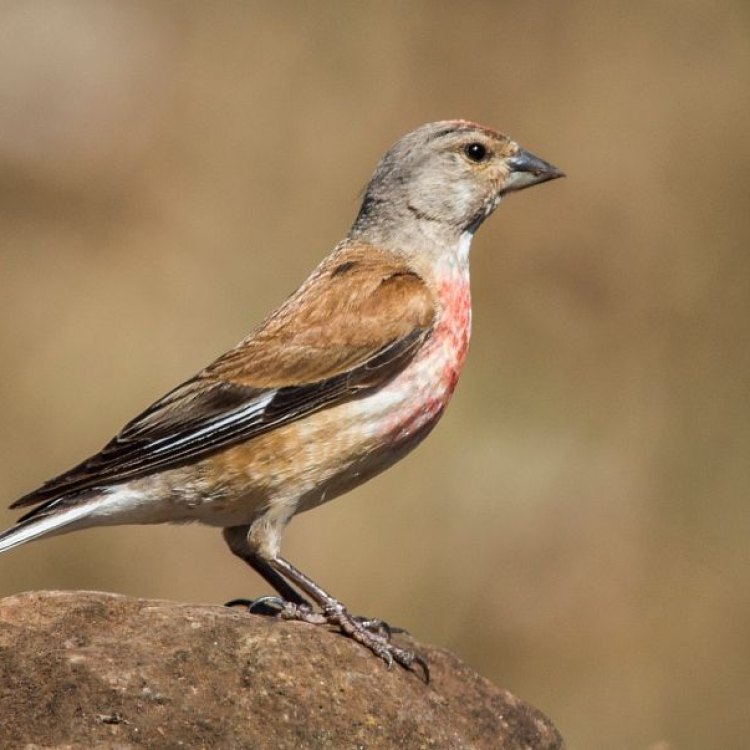
Carduelis cannabina
Discovering the Unique Qualities of the Linnet: A Small But Significant Bird
When it comes to birds, it is often the large and colorful ones that steal the spotlight. But hidden amongst the masses, lies a small and unassuming bird with unique features and behaviors that make it stand out in its own way – the Linnet.With its scientific name being 'Carduelis cannabina', Linnet belongs to the family of finches and is found in various parts of Europe, Asia, and North Africa. In this article, we will explore the various aspects of this fascinating bird that make it a noteworthy species in the avian world PeaceOfAnimals.Com.
Small in Size, But Big on Abilities
As an adult, the Linnet is a small bird, measuring only 5 – 6 inches in length and weighing around 15 grams. But don't let its size fool you – this bird is an active and agile creature, often seen perching on top of bushes or low trees. Its compact and lightweight body allows it to swiftly move and maneuver through its surroundings.Average Lifespan of 3-5 years
Unfortunately, the lifespan of the Linnet is relatively short, with an average of 3-5 years in the wild. However, this can vary depending on factors such as habitat and food availability. In captivity, this bird has been known to live up to 10 years.Reproduction and Mating Behavior
Linnet's reproductive behavior is purely sexual, with males and females engaging in courtship rituals and mate selection. They have a monogamous mating behavior, meaning they form pairs for breeding and stay together for a season or sometimes even for life.During courtship, the male woos the female through displays of singing, flapping his wings, and bringing her food Lungfish. Once a pair is formed, they work together to build a nest and raise their young.
A Pleasant Musician: Song and Call
One of the most distinctive features of the Linnet is its melodious song, which has been described as a pleasant warble composed of various short phrases. Interestingly, the song of the Linnet was highly valued in Victorian England for its musical qualities and was often pursued as a cage bird.Apart from singing, the Linnet also has a call that is used to communicate with other birds in its flock. It is a high-pitched and metallic call, often heard when the birds are flying in groups or when disturbed.
Partially Migratory and Social Groups
The Linnet is a partially migratory bird, meaning that while some populations migrate to warmer regions during winter, others may choose to stay in their native habitat. This behavior is largely influenced by the availability of food and habitat conditions.In terms of social groups, Linnets are usually seen in small flocks, ranging from 5 to 30 birds. They are not very territorial and may join other flocks during the non-breeding season.
Threats and Conservation Status
Like many other bird species, the Linnet is facing threats to its survival. Loss of habitat due to human activities such as agricultural intensification and urbanization is one of the primary concerns for this bird. Pesticides, which are used extensively in farming, also pose a threat to their health and well-being.Despite these challenges, the Linnet is currently listed as Least Concern on the IUCN Red List, which means that it is not considered to be at immediate risk of extinction. However, conservation efforts are still necessary to ensure the long-term survival of this species.
The Impact of Linnets on Ecosystems
Apart from being a key player in the avian world, Linnets also play a crucial role in their ecosystems. As seed-eaters, they help in seed dispersal, which aids in the growth of plant species. This function is vital for the maintenance of biodiversity and the overall health of the environment.Human Use and Distinctive Features
Throughout history, Linnets have been used by humans in various ways. They are known to adapt well to captivity and have been used as cage birds. In some regions, this bird is also hunted for sport, which poses a threat to its wild populations.One of the most striking features of the Linnet is its brightly colored plumage, especially in males. During the breeding season, the male's head and chest are a rich red color, with a sprinkling of white spots, while the rest of the body is brown and gray. The female, on the other hand, has a duller coloration, making it easier for her to blend into her surroundings when nesting.
Predators and Interesting Facts
The Linnet may be small, but it still has predators that pose a threat to its survival. Birds of prey, such as hawks and falcons, are known to prey on Linnets. Apart from that, mammals like cats and foxes are also natural enemies of these birds.Finally, let's look at some interesting facts about the Linnet that make it a unique and intriguing species:
- While the males have a red and white plumage during breeding season, their color fades into a dull brown during winter, making it easier for them to blend in with females.
- In ancient mythology, the Linnet was believed to be a symbol of love and fidelity.
- In folklore, the Linnet's song was considered to have magical powers, capable of warding off evil spirits.
In conclusion, the Linnet may be small in size, but it is big on unique features and behaviors that make it a noteworthy bird in the avian world. From its melodious song to its distinctive plumage, this little creature has captured the hearts of many throughout history. With conservation efforts in place, let's hope this beautiful bird continues to thrive for generations to come.
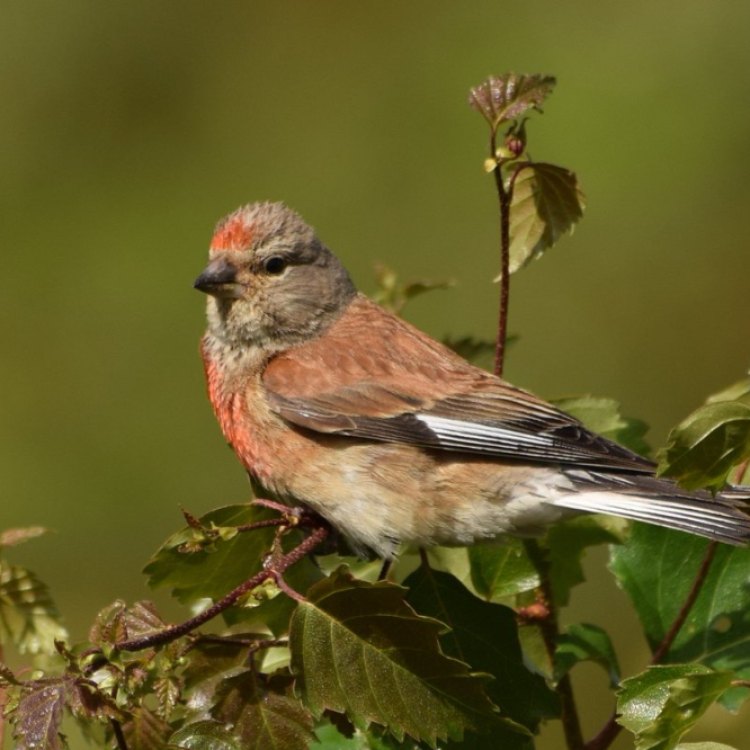
The Beautiful Linnet: A Bird of Song and Color
Disclaimer: The content provided is for informational purposes only. We cannot guarantee the accuracy of the information on this page 100%. All information provided here may change without prior notice.

